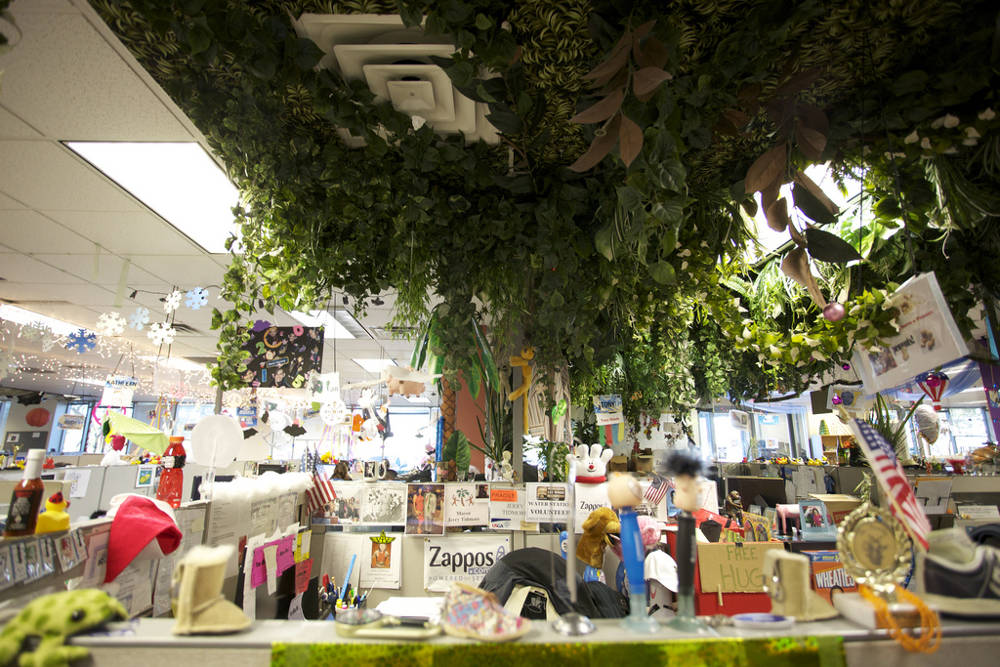By Retired Chief Marketing Officer of Kohl’s Department Stores, Julie Gardner
Every Journey requires some kind of compass—a sense of where one is headed and an assurance that one is on the right path.

Brand Equity can be defined as the commercial value that derives from consumer perception of the brand name of a particular product or service, in other words, the value premium that a company generates from a product with a recognizable name when compared to a generic equivalent. Think Apple’s new iPhone X price starting at $1000 compared to a generic smartphone.
Steve M. Scheel, CEO of Scheels, and a few associates were recently featured in the Fargo INC! article “HOW TO BUILD A BUSINESS THAT WILL LAST, THE SCHEELS WAY.”
What does it take to make a 115-year-old company a great place to work and shop?
Scheels’ success can be tied back to the exceptional people who approach their job EVERY DAY as “owners” with Purpose, Pride, Passion, Personality, and Performance.
Any leader can learn from the Scheels Team. Click the link here to read the full article.

Businesses aggressively strive to establish trust with their customers but often neglect the need to cultivate confidence in their workplaces. Economist John Helliwell researched the determinants of workplace happiness and found that trust is the greatest contributor, beating out pay, workload, or perks. A one-point increase on the trust scale can mean the equivalent of the psychological benefits associated with a 40% wage increase.